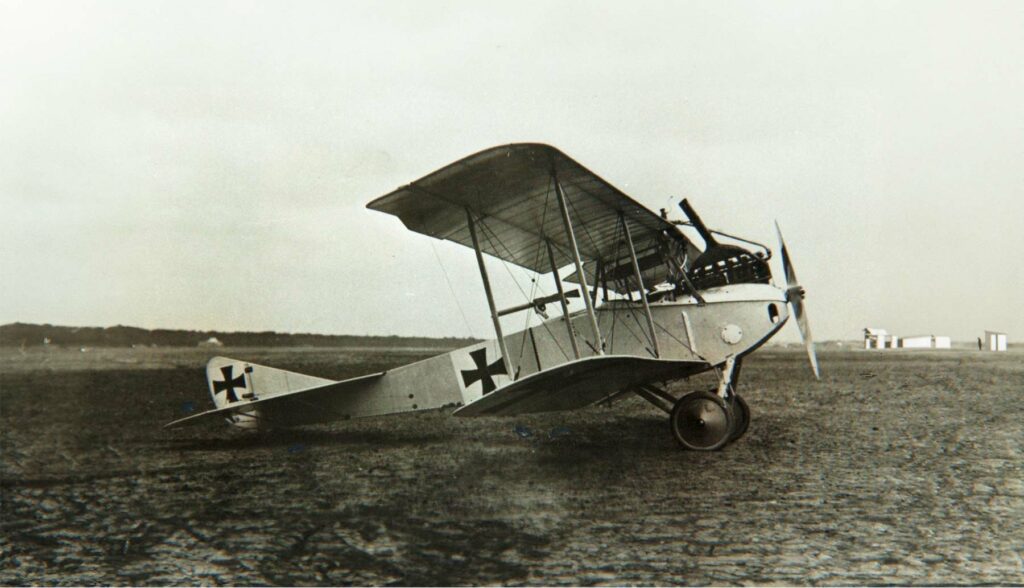Explore the LVG C.II, a 1915 German light bomber and reconnaissance aircraft, detailing its development, design, performance in WWI, and military significance.
This article provides an in-depth look at the LVG C.II, a German light bomber and reconnaissance aircraft developed in 1915. It covers the historical context and development objectives of the aircraft, its innovative design, operational performance, and role in military engagements during World War I. The article examines the aircraft’s technical specifications, its advantages and drawbacks, and compares its performance with contemporary aircraft. It concludes with an overview of the LVG C.II’s military use, including its armament, combat operations, and its legacy in aviation history.
The LVG C.II was a notable aircraft in the early years of military aviation, particularly during World War I. As a German light bomber and reconnaissance aircraft, it played a critical role in aerial warfare during a period marked by rapid advancements in aviation technology. This article delves into the development, design, performance, and military significance of the LVG C.II.
History of the Development of the LVG C.II
In the context of World War I, aviation technology was evolving rapidly, with various nations striving to gain an aerial advantage. Germany, with its burgeoning aviation industry, was at the forefront of this development. The LVG C.II was developed by Luft-Verkehrs-Gesellschaft (LVG), a prominent German aircraft manufacturer, to meet the German military’s growing demands for effective aerial reconnaissance and light bombing capabilities.
The development of the LVG C.II was initiated to provide a versatile aircraft that could perform both reconnaissance and light bombing missions, a dual role that was increasingly valued in wartime. This initiative was part of Germany’s broader strategy to dominate the skies, which saw significant investments in aircraft technology. The LVG C.II first flew in 1915, representing a significant advancement in German military aviation.
The primary objective of the LVG C.II was to offer superior performance in terms of speed, range, and payload capacity compared to existing aircraft. Its development was driven by the need for an aircraft that could effectively gather intelligence, deliver small-scale bombing payloads, and defend itself against enemy fighters.

Design of the LVG C.II
The LVG C.II featured a robust biplane design, a standard in World War I aviation. It was designed to maximize aerodynamic efficiency and structural integrity. The aircraft incorporated a mixed construction of wood and fabric, typical of the era’s design philosophy.
The design choices made for the LVG C.II were reflective of the technological trends and practical requirements of wartime aviation, prioritizing reliability, performance, and versatility.
Performance of the LVG C.II
The aircraft’s adaptability to various combat conditions underscored its robustness and suitability for the diverse operational needs of World War I.
The LVG C.II played a significant role in the early years of military aviation, particularly during World War I. Its development, design, and operational use represent the rapid advancements and challenges of aviation during this era. While it may not have been the most advanced aircraft of its time, the LVG C.II’s contributions to aerial reconnaissance and light bombing missions were crucial, marking its place in the history of military aviation.
Back to the Bombers section.